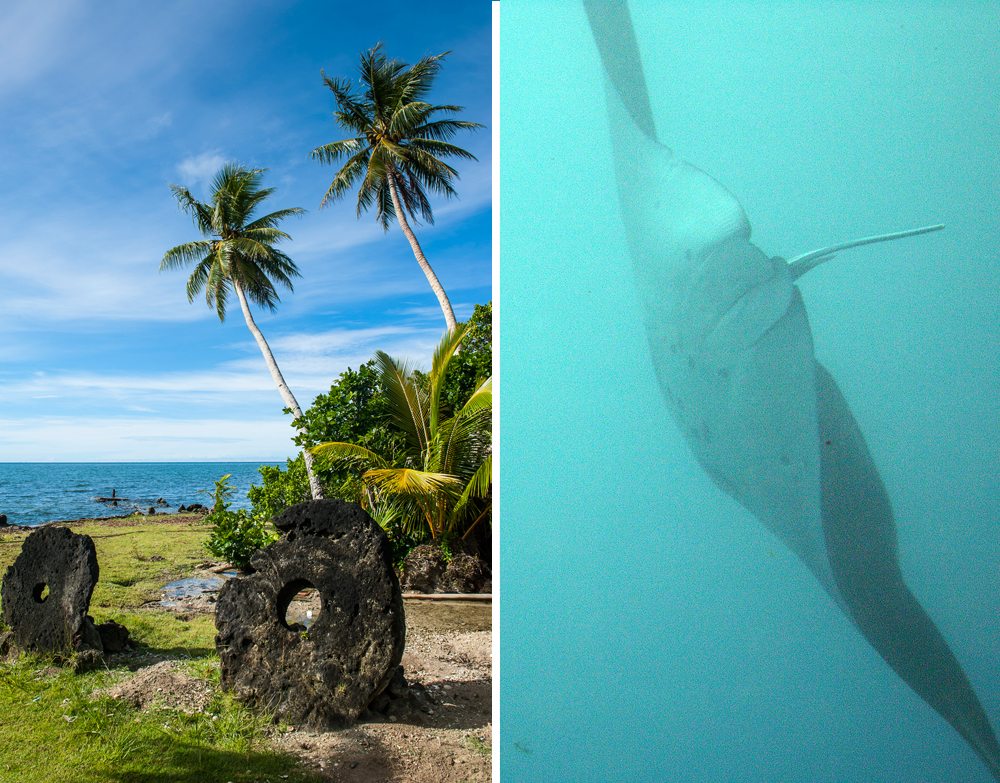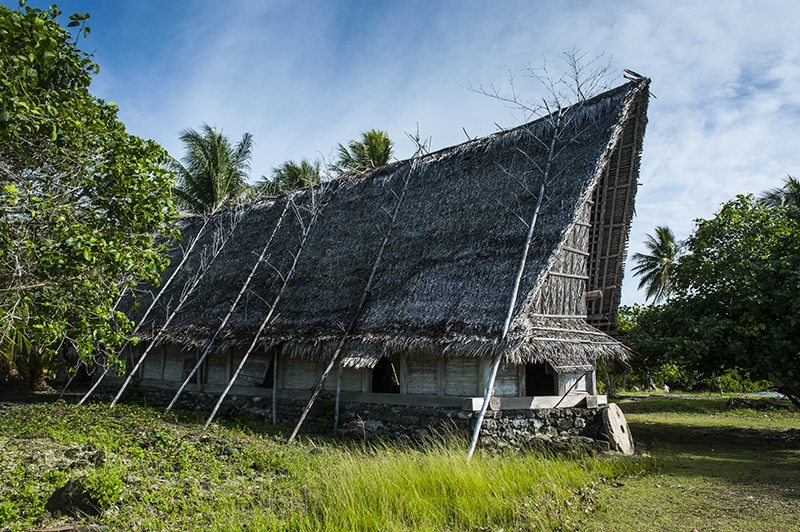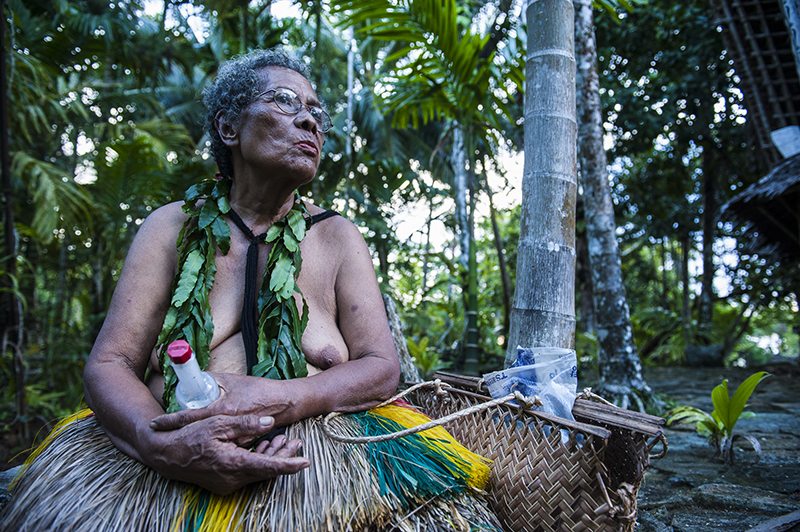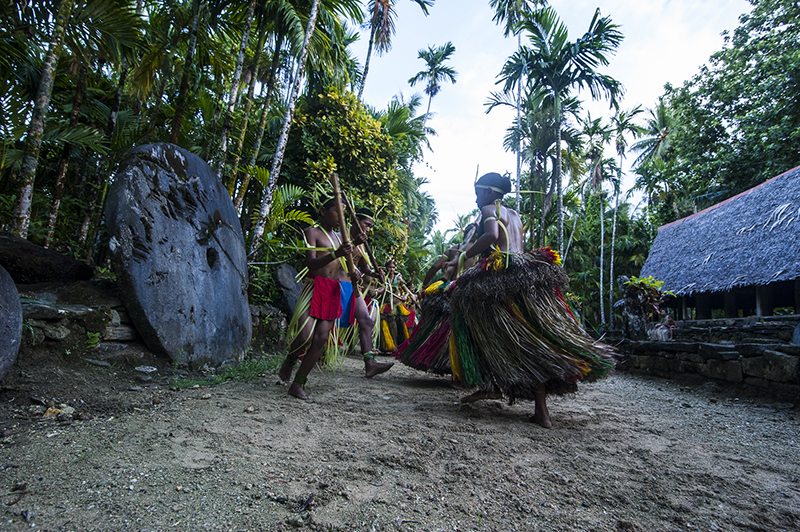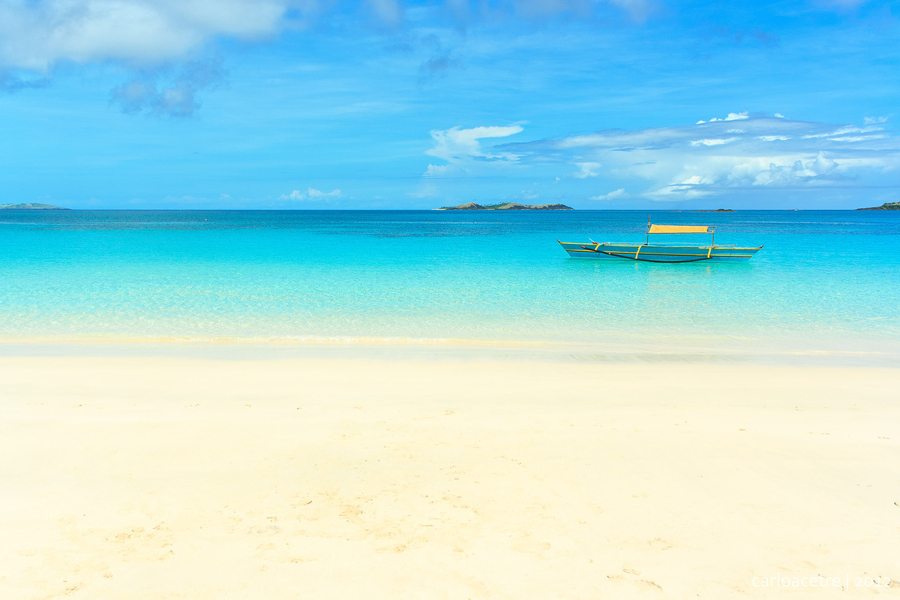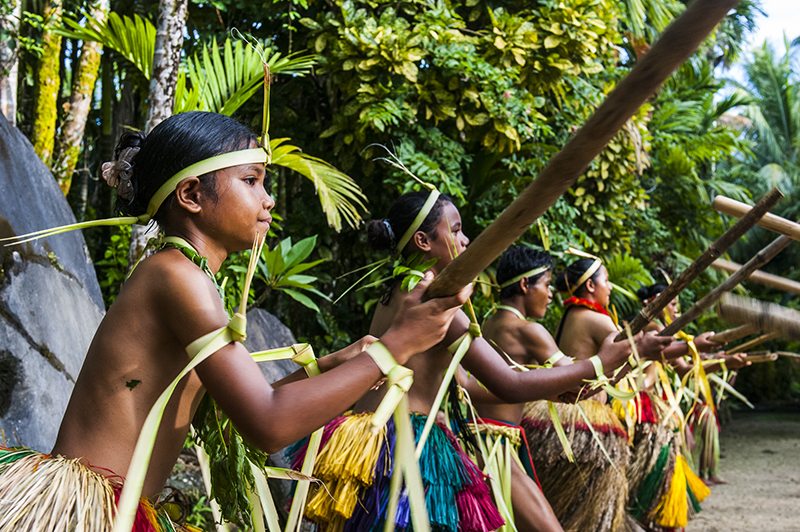
Preserving a Heritage: Bamboo Stick Dancing on the Island of Yap
Scanning an atlas, you would easily glaze over the tiny constellation of islands that make up the Federated States of Micronesia. The archipelago has long been known as a haven of beautiful isolation, and Yap is no exception. To even visit this mysterious island you would have to catch one of the two flights per week – in the dead of night.
At two in the morning, I was unprepared for the crowd gathered on the tarmac– it looked like the entire island had turned out to greet the plane. I slunk by with my bags but was intercepted by a woman coming at me with a hibiscus lay, wearing nothing but a grass skirt and chewing a cheek full of betel nut. My Western modesty issues were challenged that night: I had indeed been laid by a topless Yapese woman.
Welcome to Yap. While most travelers were there for the sea, the wondrous stone money and golden retriever-like mantas, I was there for the music.
The Yapese are known throughout the string of islands for their highly developed “Churu”, a physically taxing dance comprised of bamboo sticks and ancient chants. We had arranged a performance but only after a few days of getting acquainted with their extraordinary culture.
Everything about Yap, I’d come to learn, is about preserving heritage. It’s one of the four territories making up the FSM (with Chuuk, Pohnpei, and Kosrae) and despite having a long-standing political relationship with the United States, Yap is considered the most staunchly traditional of the islands. Giant wheels of crystalline calcite called rai served as currency from as far back as the first century; they decorate the roads and town centers. Islanders would lug these megaliths in small sailing vessels from Palau, hundreds of miles across the sea- the bigger the stone, or the more unlucky souls killed in its transport, the higher its value.
Outer islanders still fuel their houses with coconut oil lamps and travel for weeks by boat to get to the larger islands.
Everyone, including female elders like the one I met at the airport, chew the buzzworthy betel nut faithfully.
When we arrived at the dance, I had my own embarrassing standoff with the famed seed. The village leader came up to me and offered to give me a tutorial, not that I was entirely game for the idea. But I had no choice: I was on their island.
“Stick it in your cheek, like this.”
He shoved a fistful of the green into the side of his mouth, it disappeared and he smiled, a squirrel tucking away his acorn for the coming winter.
I stuck a smallish leave-wrapped nut in my mouth and thought about the enormous manta ray I’d befriended earlier that day in the water, wondering if that was real or just part of the hallucination. After about 45 seconds and the palm trees starting to undulate, I pulled the wad out of my mouth and smiled sheepishly at the old man.
“That was great, but I don’t think I can handle it.” In less than a minute, I’d become a betel nut lightweight.
The dance was performed by kids, undoubtedly as a way to reiterate the island’s heritage. It struck me that the older islanders firmly resisted the invasion of blue jeans and cell phones, longing to preserve the authenticity fading away in other cultures today.
Both girls and boys sported traditional hibiscus skirts, ornamental headdresses and covered their bodies with flowers, coconut oil and turmeric powder. It began with a solitary wail and grew to a chorus of bellowing, albeit pubescent, chants as they took us through a series of five sequences. The bamboo sticks clack clack clacked! in unison, shadowed by their mentors looking on. It was charming and I was captivated as the kids showcased budding strength, choreography, and attention to detail.
I thought about the Afro-Brazilian capoeira or the Maori haka. Body language, dances of war and chanting were as powerful as music. The dance itself was its own form of storytelling and oral history of a bygone era, recounting tales of conquest and religion in a forgotten language. It was clear to me now why Yap was best known for this art throughout the entire Pacific. It was clear why they had held on so tightly.
I made eye contact with the older man who had taken a chance on me with his betel nut. We smiled at one another- I may have epically failed in the “get high” department, but he and I both knew I was there for the right reason.
All photos: Michael Runkel



